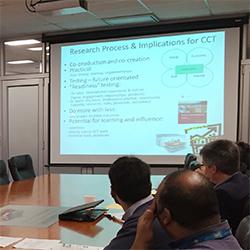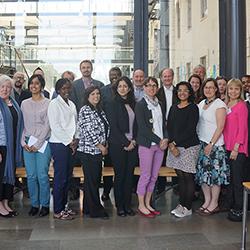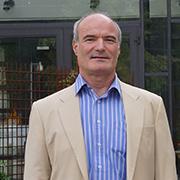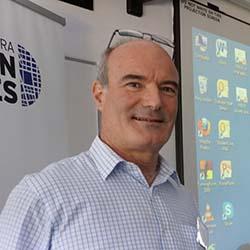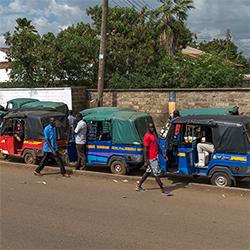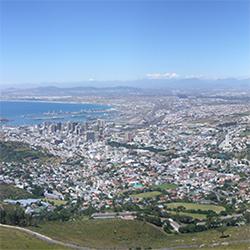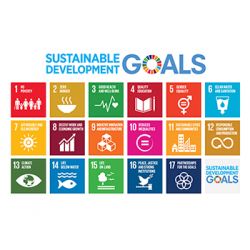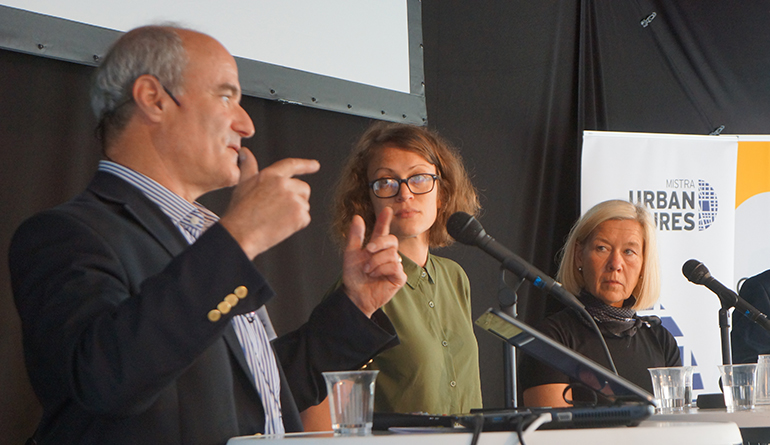
An urban sustainability roadmap with distances
Among the new Sustainable Development Goals, SDGs, that will be decided by the UN General Assembly in September this year, there is also an Urban SDG. Unlike the Millennium Goals, which the SDF replace, the new goals are global - not only for the poorer countries - and connected to measurable targets and indicators, that will be collected, computed and reported.
Gothenburg based Mistra Urban Futures has played a key part in the preparation of the new urban goal by testing the draft indicators and targets in five cities across the world: Bangalore, Cape Town, Kisumu, Manchester and Gothenburg. The outcome is clear: the challenges are significant but it can be done.
The urban goals require the world’s cities to participate and to deliver data on plans, resilience strategies, public transport, informal housing/slum and other urban measurements. As the inclusion and administrative work of city authorities will be necessary, the number of indicators is kept to a minimum.
Some indicators are reasonably simple to answer and easy to compare, while others are more complicated. Furthermore, the pilot project cities all emphasized that the indicators and targets must be useful and relevant to their particular processes, in order to motivate the additional work and collection of data that the UN asks for.
Professor David Simon, Director of Mistra Urban Futures, and Helen Arfvidsson, researcher at University of Gothenburg write: ”not one draft indicator was regarded as both important or relevant and easy to report on in terms of data availability”.
”The evidence collected has demonstrated the importance of having undertaken live testing in a set of diverse secondary and intermediate cities”, David Simon and Helen Arvidsson conclude.
The urban Sustainable Development Goal is expected to become a useful tool for cities to make efforts and investments in sustainability for local and regional authorities on a global scale. For this to happen, the targets and indicators connected to each of the goals need to be relevant, acceptable and practicable for local policymakers. All findings and results of the pilot project from the local sources, will now be fed upwards in the system to be implemented in the final set of targets and indicators.
The pilot project report is available on Mistra Urban Futures’ website. A preparation workshop for the report was held in Gothenburg 8-10 June with an international group of researchers and representatives for UN Habitat and SDSN, the Sustainable Development Solutions Network.
Photo: Professor David Simon, researcher Helen Arfvidsson and Mayor of Gothenburg, Anneli Hulthén, discussing the urban sustainable development goals in Almedalen, Gotland, 29 June 2015.
